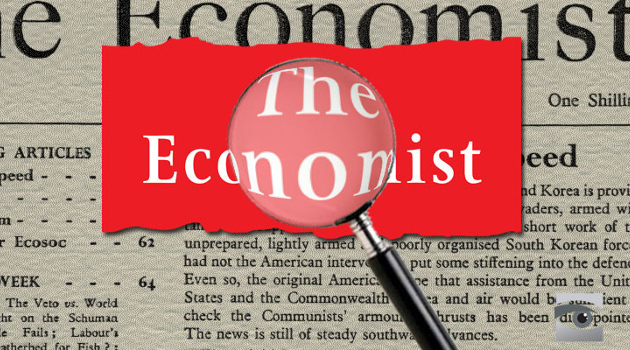I’ve created a new page to showcase various “Poverty Hucksters.”
These are people and institutions that use data about income distribution to mislead and lie about the prevalence of poverty in the United States.
This rogue’s gallery includes:
- The Organization for Economic Cooperation and Development
- The United Nations
- The New York Times
- The Equal Welfare Association
- Germany’s Institute of Labor Economics
- The Obama Administration
- The European Commission
- Professor Noah Smith
What is their dodgy tactic? Here’s how I described the methodology in 2018.
…the bureaucrats…have put together a measure of income distribution and decided that “relative poverty” exists for anyone who has less than 50 percent of the median level of disposable income.
More recently, I explained why this approach is senseless, at least if one wants to measure actual poverty
…an artificial and misleading definition of poverty. One that depends on the distribution of income rather than any specific measure of poverty. Which is insanely dishonest. It means that everyone’s income could double and the supposed rate of poverty would stay the same. Or a country could execute all the rich people and the alleged rate of poverty would decline.
Now we have a new member of this ill-begotten group of hucksters.
Here’s an excerpt from an article in the latest issue of the Economist.
…international comparisons…make…America a true outlier. When assessed on poverty relative to other countries (the share of families making less than 50% of the national median income after taxes and transfers), America is among
the worst-performing in the OECD club of mostly rich countries (see chart). Despite its higher level of income, that is not because it starts with a very large share of poor people before supports kick in—it is just that the safety net does not do as much work as elsewhere. On this relative-poverty scale, more than a fifth of American children remain poor after government benefits, compared with 3.6% of Finnish children.
And here’s the accompanying chart.
Needless to say, any chart that purports to show less poverty in Mexico than the United States is laughably inaccurate.
But that’s the kind of perverse outcome that is generated when using a ridiculously dishonest approach.
I suppose the Economist deserves a bit of credit. In both the article and in the chart, they acknowledge (at least for careful readers) that they’re measuring the share of the population with less than 50 percent of a society’s median income, not the share of people living in poverty.
So why, then, do they refer to the “poverty rate”?
I have no idea if the reporter is dishonest or incompetent, but I can say with certainty that the Economist has done a disservice to readers.
P.S. The Economist relied on dodgy data from the Organization for Economic Cooperation and Development. And if you read the columns about the other Poverty Hucksters, you’ll find that most of them also relied on numbers from that left-leaning, Paris-based bureaucracy. Yet another example of why the OECD is the worst international bureaucracy, at least on a per-dollar-spent basis.
———
Image credit: HonestReporting | CC BY-SA 2.0.


